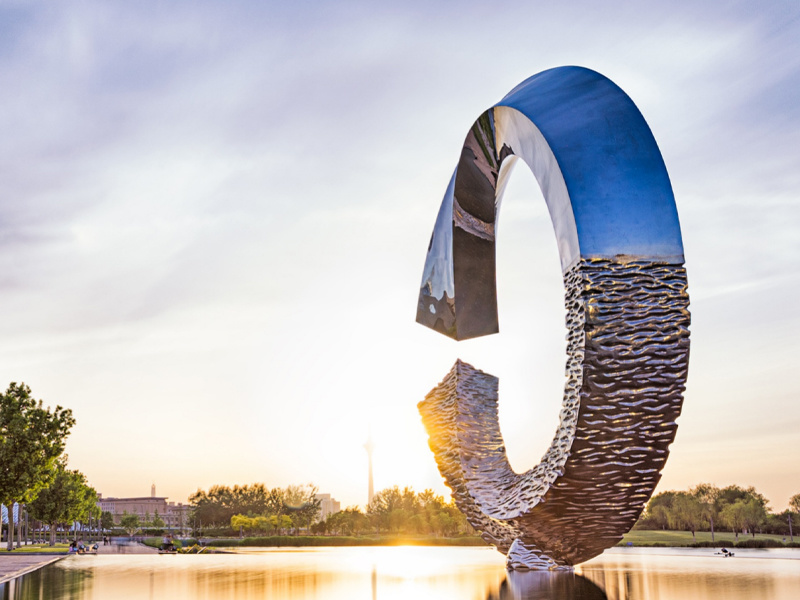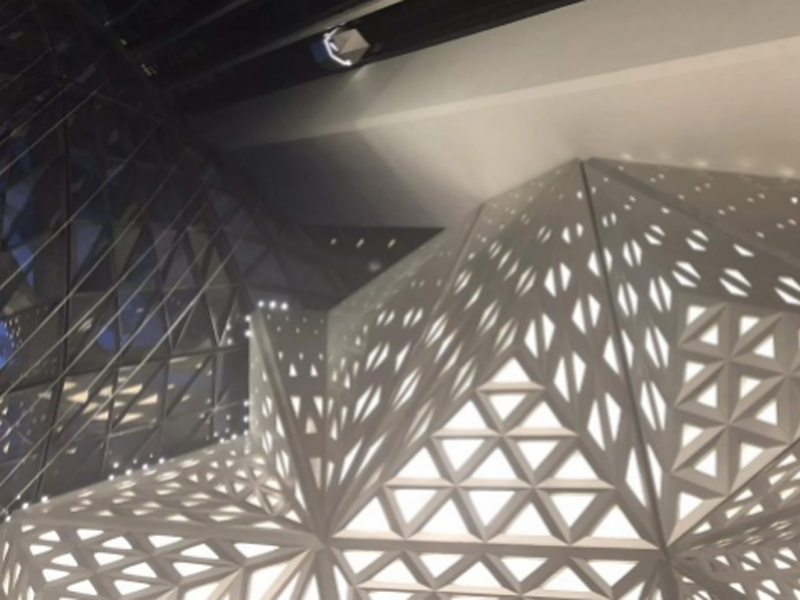-
-
-
Stainless Steel
-
-
News Center
What are the factors of corrosion of stainless steel
Stainless steel is actually a product that is not prone to corrosion. Unless it is in some serious cases, it is impossible for any product to be free from corrosion. If our stainless steel plate is corroded, it may affect its normal use. Therefore, in order to avoid this situation, we still need to take some preventive measures. Let's first understand the factors that cause corrosion of stainless steel?
I) Electrochemical corrosion
Stainless steel plates are scratched due to contact with carbon steel parts, and then form galvanic cells with corrosive media, which will produce electrochemical corrosion. If the pickling passivation effect is not good, it will also make the passivation film on the surface of the plate uneven or too thin, which is also easy to produce electrochemical corrosion, cutting slag, splash and other rust-prone substances attached to the plate, and then form a primary cell with the corrosive medium, thus generating electrochemical corrosion. The pickling passivation is not cleaned cleanly, resulting in chemical corrosion products between the remaining pickling passivation residue and the plate, and then electrochemical corrosion with the plate.
Stainless steel plate
II) Chemical corrosion
Under certain conditions, a lot of oil, dust or acid, alkali, salt, etc. attached to the surface of stainless steel plate will be converted into corrosive medium, and some components in the plate will react chemically, resulting in chemical corrosion and rust. Cleaning pickling passivation is not clean enough to cause residual liquid to remain, thus directly corroding the plate. The surface of the plate is scratched, resulting in the destruction of the passivation film, so that the protection of the plate is reduced, easy to react with the chemical medium, chemical corrosion and rust.
Related News
Contact Information
E-mail: jxfbxg2020@163.com
Address: No. 3A, Block 1, Area F, Liyuan Metal Logistics City, Foshan, Guangdong Province
Copyright©2024 Foshan Jinxufeng Stainless Steel Co., Ltd | Powered by www.300.cn | City Substation | SEO








